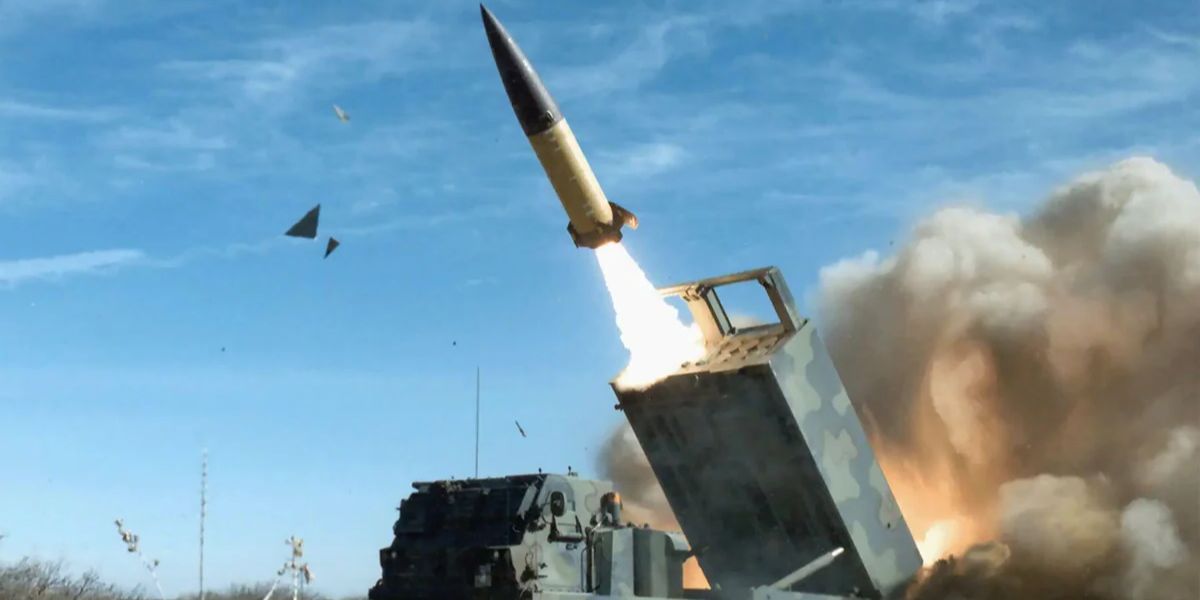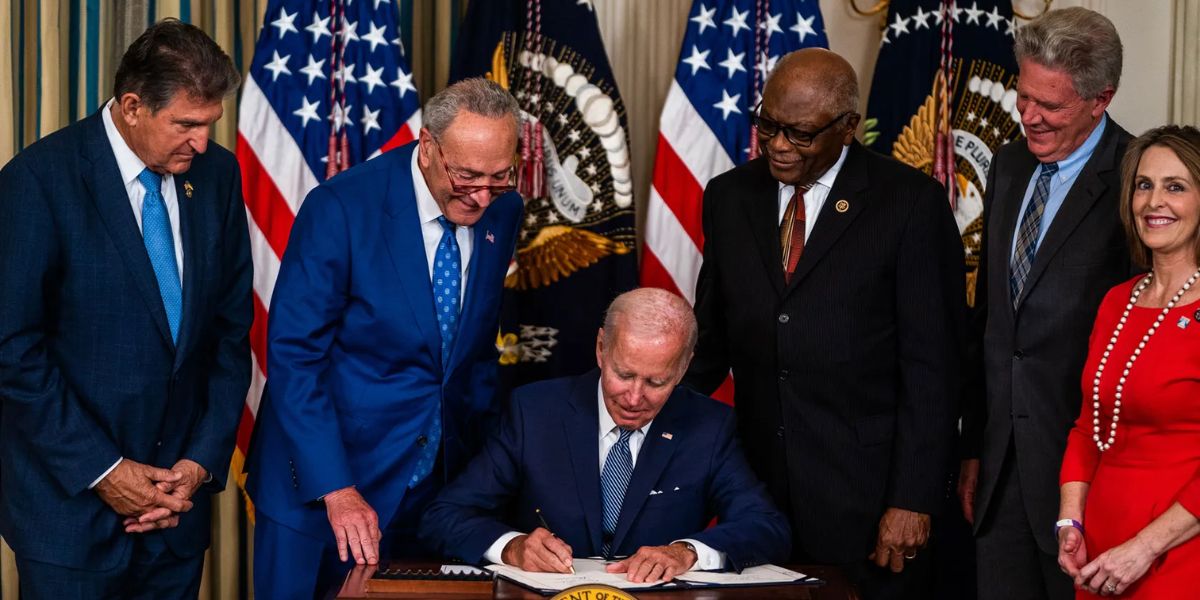While the newly-elected US President aims to end the Russia-Ukraine war as promised during his poll campaigning, tensions between Washington and Moscow are heading towards bad to worst. This comes after Ukraine used US-made long-range ATACMS missiles to strike Russian military installations, a move that has sparked fears of direct confrontation between the two nuclear powers.
The Missile Strikes
Ukraine launched attacks on November 23 and 25. Moscow has claimed it intercepted and neutralised several missiles, but fragments reportedly caused a fire within a military base. The Russian Defense Ministry has announced retaliatory actions were underway, stating, “Preparations are being made,” without providing further details.
Last week, Ukraine, using the same weapon, attacked Russian military facilities in the Bryansk region. Russian Foreign Minister Sergey Lavrov had accused the West of deliberate escalation, citing the advanced technology and operational support required for the missile deployment as evidence of NATO’s direct involvement. “Without American expertise and guidance, these attacks would not have been possible,” Lavrov asserted.
Why Biden Administration Wants To Escalate The Situation?
Analysts have speculated that the Biden administration’s decision to supply Ukraine with ATACMS missiles might be politically motivated. Some argue it aims to complicate President-elect Trump’s efforts to negotiate peace, thereby forcing him into an unfavourable position when he takes office. Critics within Trump’s Republican Party have expressed dissatisfaction with the Biden administration’s green light for Ukraine to strike Russian territory, warning it could provoke a severe Russian military response.
Political observers suggest Biden’s approach reflects a strategy to reinforce US influence in the conflict and support Ukraine amid dwindling chances of a Democratic-led resolution. However, this move has heightened the risks of direct confrontation, as Moscow views the missile strikes as crossing a red line.
On the other hand, Russian President Vladimir Putin signed a decree updating the country’s nuclear doctrine. The revised policy considers any attack on Russia by a non-nuclear state, supported by nuclear power, as a coordinated aggression, justifying its nuclear response.
Meanwhile, Trump has indicated his intention to cut US military aid to Ukraine and push for peace talks favouring Russia. His approach likely includes pressuring Ukraine to cede territories currently under its control as a concession for peace.
The current developments might pose hurdles at ending the Russia-Ukraine war due to the deepening mistrust between Moscow and Washington.
As a result, the prospect of a direct US-Russia confrontation looms large. With both nations doubling down on their respective strategies, the coming months will definitely test Trump’s diplomatic acumen and ability to fulfil his promise of peace even as the international community watches anxiously, hoping that the two nuclear-armed nations will not lock horns that could spiral into a global conflict.


